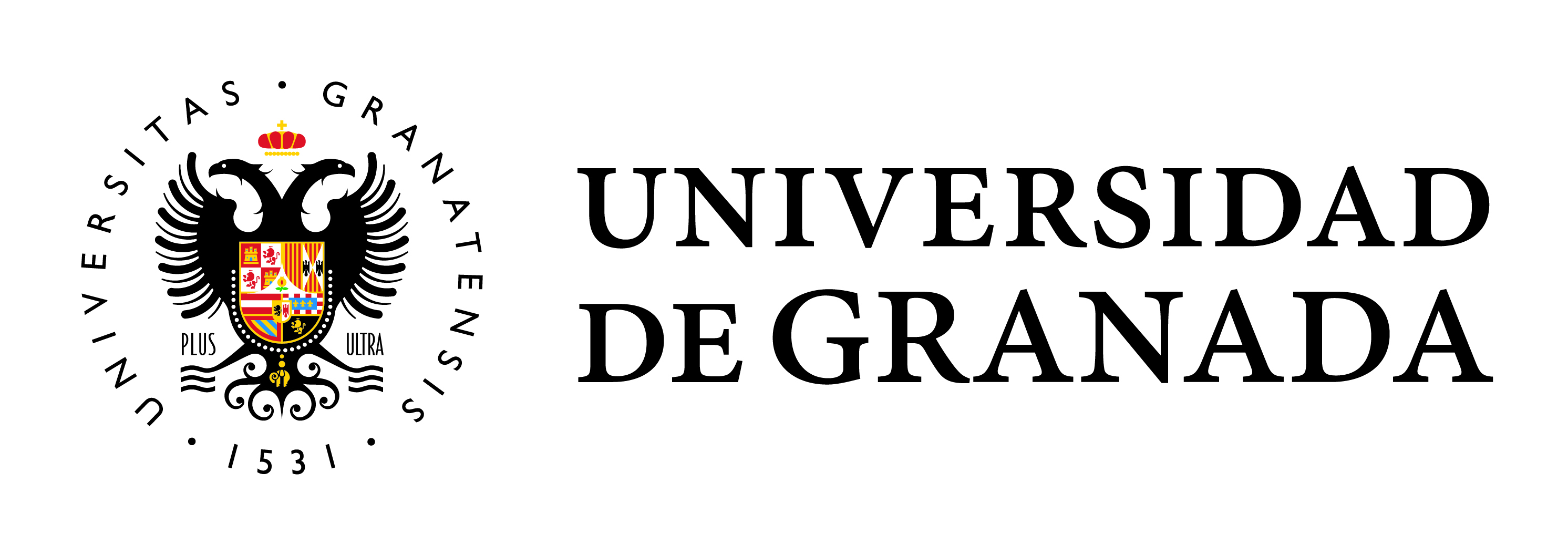The Canary Islands Planning System: regulatory innovations and territorial consequences
Main Article Content
Abstract
Almost since the constitution of the Canary Islands as an autonomous community, the legislator has been concerned with getting a land management that responds to their territorial singularities, which accounts for regulation in this matter. The current regulatory framework, even giving continuity to the Canary Planning System established in the previous one, introduces significant changes of importance. The aim of this paper is to analyse those innovations introduced by the current regulatory framework of environmental, territorial and urban planning for the planning system, considering the most outstanding changes and/or that have had some response, such as the elimination of management instruments and the incorporation of others, the elimination of the two-phase plan approval procedure or the elimination of the Canary Islands Territory and Environment Planning Commission (COTMAC). The case of Maspalomas Costa Canaria is analysed to highlight the complexity of the planning system, as well as the relationship between the regulatory framework and territorial reality. The rules of the environmental, territorial, and urban planning of the Canary Islands have changed with the current regulatory framework, which makes their analysis relevant.


